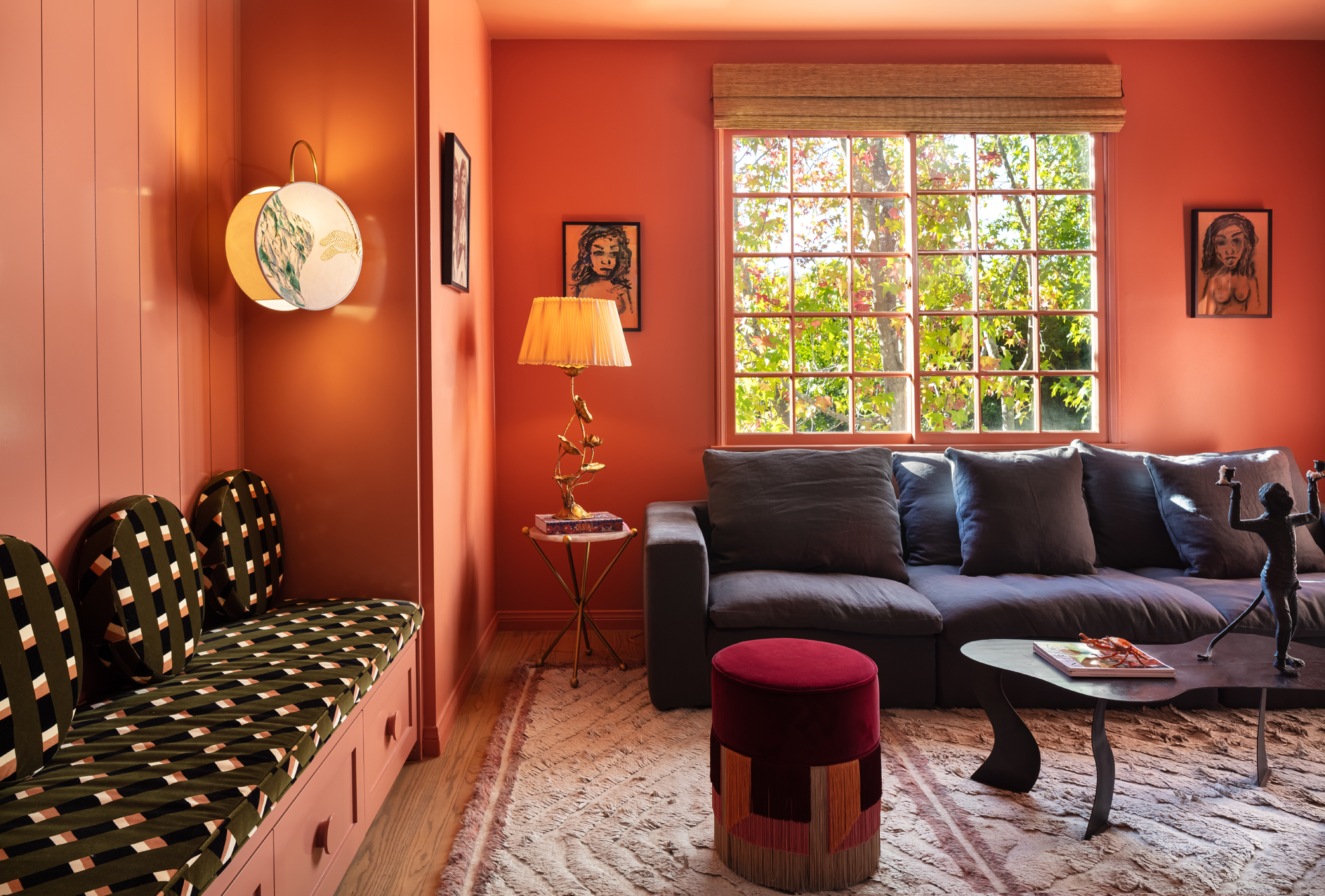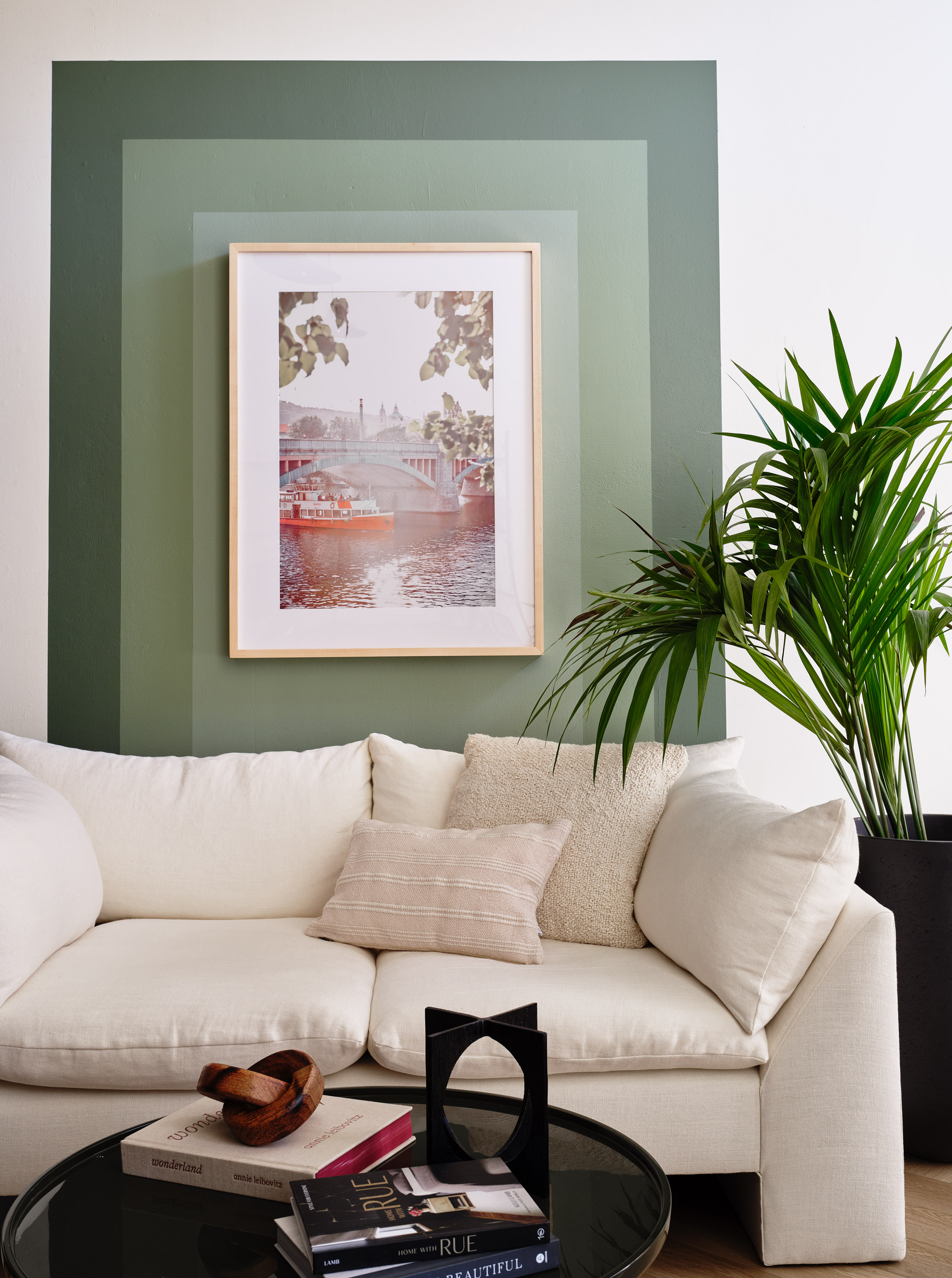How to Use Paint Samples Properly When Redecorating — These Tips Will Stop You Making Color Mistakes
The go-to method for most people testing paint samples is usually painting a rough patch on our existing walls, but there's more to it than just that. Learn to test new colors properly to understand and benefit from the full effect to ensure the best result.


Do you ever wonder if you don't know how to use paint samples the right way? You may think you've done your due diligence in choosing a new color for your walls — after all, you've consulted the color charts and picked up paint samples to test in the space. But, despite your best efforts, the final result is not quite as you imagined.
Really, you need to know how to paint a room from the sample stage onwards. It’s easy to underestimate just how much a paint sample can change within different spaces, at different times of the day and year, alongside existing furniture and decor.
To figure out the best approach, we asked the experts: "how are you meant to use paint samples?" to be able to use them to their full potential, and gain full confidence in our color choices, preventing mistakes, paint wastage and wall colors we're not as keen on as we'd hoped.
Preparation is key

Once you have narrowed your paint color ideas down to a few options, you’ll need to make the order of sample pots to test in situ. It’s best not to rely on colours on the computer screen as they can differ so much from reality, it can be a pricey mistake to make the wrong decision so it’s best to prepare as best you can and have confidence in your choice. Making use of the sample pot will not only give you a decent impression of what the space will look like after, but you will also be able to gauge the quality of the paint and how good the coverage is — just remember most testers tend to be a matte emulsion, so you might not got a sense of the finish of other styles of paint from a tester.
Some people like to paint straight onto the wall, this is a great way to visualize how it might look on a larger scale as you can paint as much as you like, however, be aware of the existing wall color if not already white as it can taint the color on top slightly. If this is the case, it make be worth painting onto paper and sticking this to the wall for the most realistic representation. Though even when on paper, your paint samples is always going to be affected by comparison to the other colors in your room to some degree.
Size and location

When painting a sample patch on the wall, the bigger the better, so make the most of that sample pot, and if possible paint several samples in different areas of the room to understand the effect the location has on the color. Helen Shaw, a color expert at Benjamin Moore paint says: ‘Our 475ml paint sample pots are designed to enable you to paint large areas of colour on multiple walls to get the best possible representation of what the end colour will look like in your space.’
Artem Kropovinsky, Founder of Arsight, recommends painting the areas around the corners or wall meeting points as well ‘This will help you to observe the effect of various angles and shadows on the perception of color,' he says.
The Livingetc newsletters are your inside source for what’s shaping interiors now - and what’s next. Discover trend forecasts, smart style ideas, and curated shopping inspiration that brings design to life. Subscribe today and stay ahead of the curve.
Timing and lighting

As with anything, colors can drastically change depending on the time of day, lighting, weather and location. Artem suggests, ‘View the samples at different times of the day to check the effect of different light conditions on the color. The test under natural light, artificial light, and mixed light environments.’
You’ll be surprised how this can alter how the color reads throughout the course of a day. Think about when you use the room most during the day, and consider the way the color reads when you will be using the room.
Existing decor

To tick all the boxes, be as thorough as you can to avoid disappointment. Artem recommends viewing your samples in conjunction with various existing elements. Think about trialing colors against things like curtains, flooring, and other decor to check if the shade corresponds with the general decor. Enjoy this method of gaining an honest representation of the colors you sample, you'll be reaping the rewards once the room is finished.

Portia Carroll is an interior stylist, writer, and design consultant. With a background in interior architecture and design, she has a plethora of creative experience in the industry working with high end interior brands to capture beautiful spaces and products and enhance their qualities.